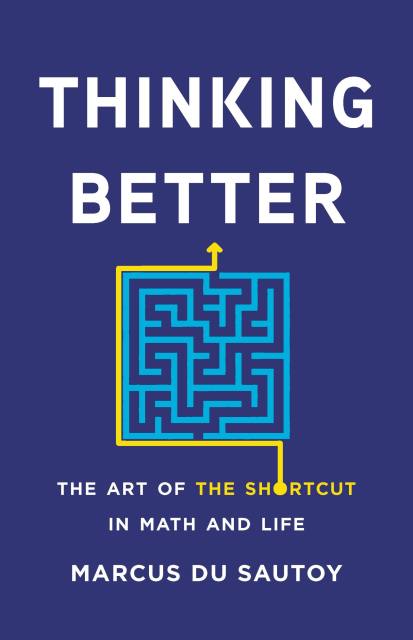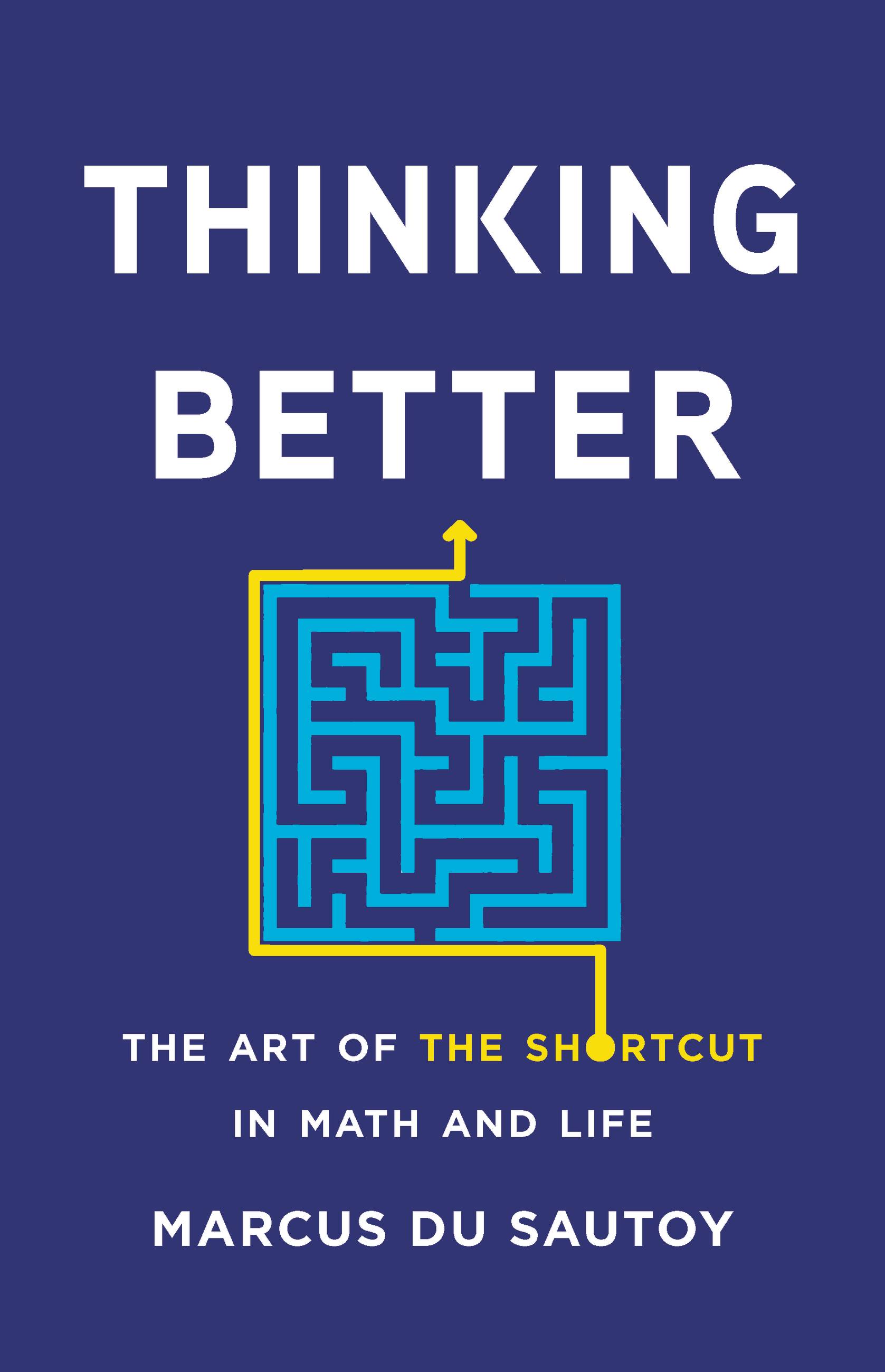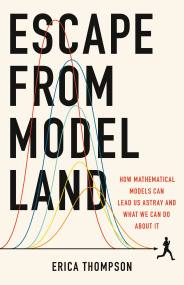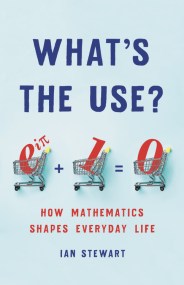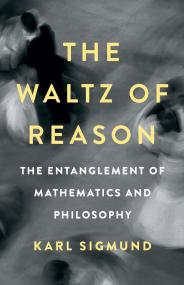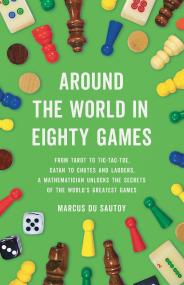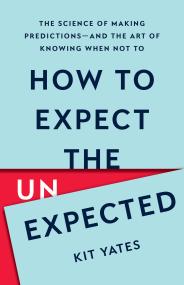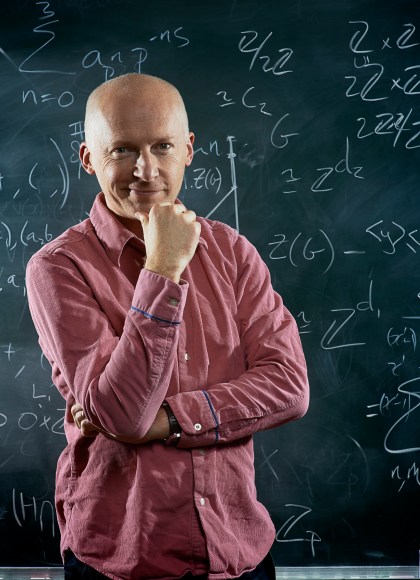Promotion
Use code MOM24 for 20% off site wide + free shipping over $45
Thinking Better
The Art of the Shortcut in Math and Life
Contributors
Formats and Prices
Price
$12.99Price
$16.99 CADFormat
Format:
- ebook $12.99 $16.99 CAD
- Hardcover $30.00 $38.00 CAD
- Audiobook Download (Unabridged) $27.99
- Trade Paperback $18.99 $23.99 CAD
This item is a preorder. Your payment method will be charged immediately, and the product is expected to ship on or around October 19, 2021. This date is subject to change due to shipping delays beyond our control.
Also available from:
We are often told that hard work is the key to success. But success isn’t about hard work – it’s about shortcuts. Shortcuts allow us to solve one problem quickly so that we can tackle an even bigger one. They make us capable of doing great things. And according to Marcus du Sautoy, math is the very art of the shortcut.
Thinking Better is a celebration of how math lets us do more with less. Du Sautoy explores how diagramming revolutionized therapy, why calculus is the greatest shortcut ever invented, whether you must really practice for ten thousand hours to become a concert violinist, and why shortcuts give us an advantage over even the most powerful AI. Throughout, we meet artists, scientists, and entrepreneurs who use mathematical shortcuts to change the world.
Delightful, illuminating, and above all practical, Thinking Better is for anyone who has wondered why you should waste time climbing the mountain when you could go around it much faster.
Genre:
-
One of Bloomberg's "49 Most Fascinating, Mind-Blowing, Challenging, Hilarious, and Urgent Titles of the Year" for 2021Matteo del Fante, Bloomberg
-
“Du Sautoy is a gifted and tireless mathematical communicator with considerable range… This is a ‘greatest hits’ of mathematical ideas presented with trademark clarity and energy.”Tim Harford, The Financial TImes
-
"The joy of this book is not in the facts but in the journey. Du Sautoy expertly weaves mathematical strategies, historical background and accessible examples into an engaging narrative that a seasoned scientist can enjoy as much as someone with less maths in their background/"Nina Meinzer, Nature Physics
-
“[Marcus du Sautoy is] one of the great contemporary popularizers of mathematics. In print, radio, and television, he is known for spreading the gospel that mathematics is endlessly interesting and a great deal of fun. His latest book, Thinking Better, is a prime example of his ability to communicate with a broad audience… As always, Du Sautoy opens the world of mathematics for those who are at least a little curious about what it offers.”MAA Focus
-
"I can warmly recommend mathematicians and non-mathematicians alike to read this very entertaining reflection on many different disguises of the shortcut."Adhemar Bultheel, MAA Reviews
-
“Du Sautoy masterfully guides readers through complex math… All the while, he’s encouraging about the importance of problem-solving: ‘Mathematics is a mindset for navigating a complex world and finding the pathway to the other side.’ Math-minded readers will find much to consider.”Publishers Weekly
-
“In Thinking Better, Oxford mathematician Marcus Du Sautoy pulls back the curtain to show how mathematicians think. The result is an engaging, delightful adventure through a variety of situations where mathematical thinking – in particular, the search for clever shortcuts – illuminates deeper mathematical truths. And it turns out these short cuts are incredibly useful for the rest of us too!”David Schwartz, author of The Last Man Who Knew Everything
-
“If mathematics has proved anything, it is that shortcuts can change the world. Marcus du Sautoy has created a smart, well-written and entertaining guide to the connecting tunnels, underpasses and other tricks we can use to traverse the trials of everyday life.”Roger Highfield, journalist and author of The Dance of Life
-
“This is a book about shortcuts that takes no shortcut. It is chock-full of thought-provoking examples, ranging from the mathematical to the sociological.”Melissa Franklin, Mallinckrodt Professor of Physics, Harvard University
-
“Marcus du Sautoy compellingly answers the age-old plaint 'When am I going to use this?' with a wide-ranging tour of the real uses of mathematically-flavored thinking, in domains from the stock market to psychotherapy to modern sculpture."Jordan Ellenberg, New York Times-bestselling author of Shape
- On Sale
- Oct 19, 2021
- Page Count
- 336 pages
- Publisher
- Basic Books
- ISBN-13
- 9781541600379
Newsletter Signup
By clicking ‘Sign Up,’ I acknowledge that I have read and agree to Hachette Book Group’s Privacy Policy and Terms of Use
